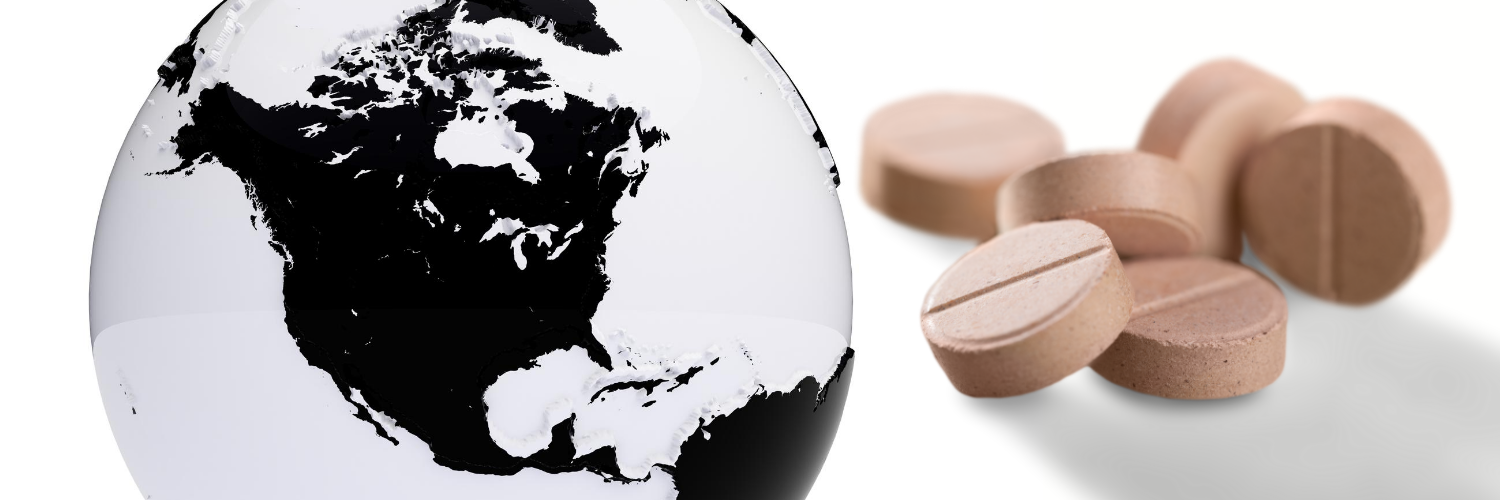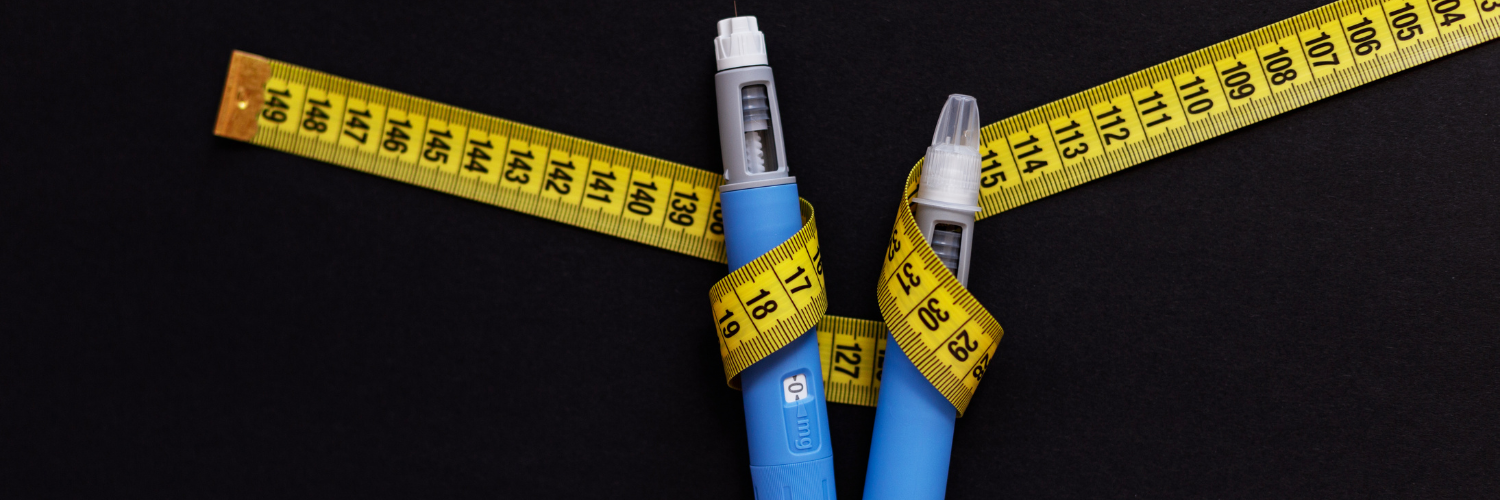What food and drinks should I avoid if I have hypertension?

Almost half of all adults in the United States (103 million) have hypertension according to the American Heart Association. There is no shortage of prescription drugs out there to treat hypertension or high blood pressure. You need to abide by your doctor or other health care provider's advice and prescription on this matter. But I’m happy to discuss including a healthy diet as a great way to take on hypertension.
What is Hypertension?
Hypertension is simply the medical word for high blood pressure. Blood pressure naturally occurs in the body; it is the force of blood in the artery walls. This pressure fluctuates by rising and falling throughout the day. However, when blood pressure consistently stays elevated (greater than 140/90), it’s called high blood pressure.
Why is hypertension dangerous?
When blood pressure is high, your heart has to work much harder than usual to pump blood, which causes your arteries to harden. This can lead to heart disease and even stroke. High blood pressure can also lead to kidney disease, blindness and congestive heart failure.
Behaviors or conditions that multiply your chances of developing a disease are called risk factors. See if you have any hypertension risk factors you can take control of today.
Heart Disease Risk Factors:
• Physical inactivity
• Tobacco use
• Being overweight
• High blood pressure
• High cholesterol
• Diabetes
What food or drinks should I avoid if I'm prone to hypertension?
If you have high blood pressure, you need to take action and begin to take action to lower it by eating a healthy diet that includes whole grains, fish, poultry, nuts, and lower portions of red meat, sweets, fats, and sugary beverages.
There are many types of food and drinks out there that can prevent you from effectively lowering your blood pressure.
Here are some examples of what to avoid below:
Salt
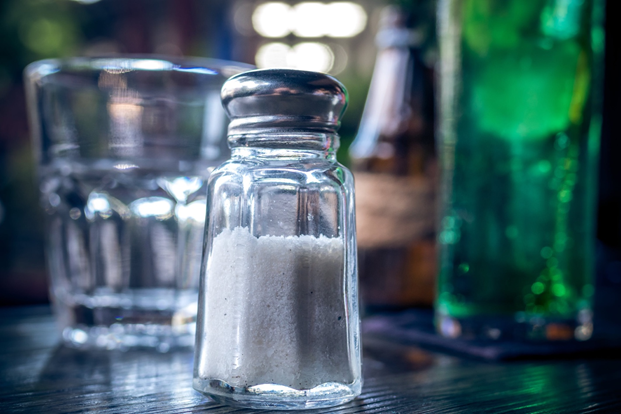
Salt and sodium are your worst enemies when trying to manage high blood pressure. High sodium levels increase the amount of fluid in your body causing your heart to work harder and blood pressure to increase.
According to the Mayo Clinic, Americans eat about 3,400 mg of salt daily. People with high blood pressure should consume less than half of that: 1,500 mg daily.
According to the FDA, 75 percent of Americans’ total salt intake comes from the salt added to processed foods and prepared meals at restaurants. We don’t even realize most of the time how much salt we are eating. Just because you don’t put additional salt on your meals at the table, it doesn’t necessarily mean you’re not eating too much salt.
Very salty packaged foods include frozen pizza, deli meat, canned soup, canned tomato products, vegetable juices, etc.
Frozen Pizza

Pizza must be consumed in strict moderation when limiting the amount of sodium being eaten.
Food companies add a lot of salt to frozen pizza to preserve the flavor when cooked. The crust, meat, tomato sauce, and cheese all add to the amount of salt in a pizza as well.
The more toppings, cheese, and crust you eat, the more salt that goes into your body!
According to the USDA, just one serving of frozen pizza has over 770 mg of sodium! And who usually eats just one serving of pizza? It is important to remember this information next time you go for that next slice!
Deli Meat
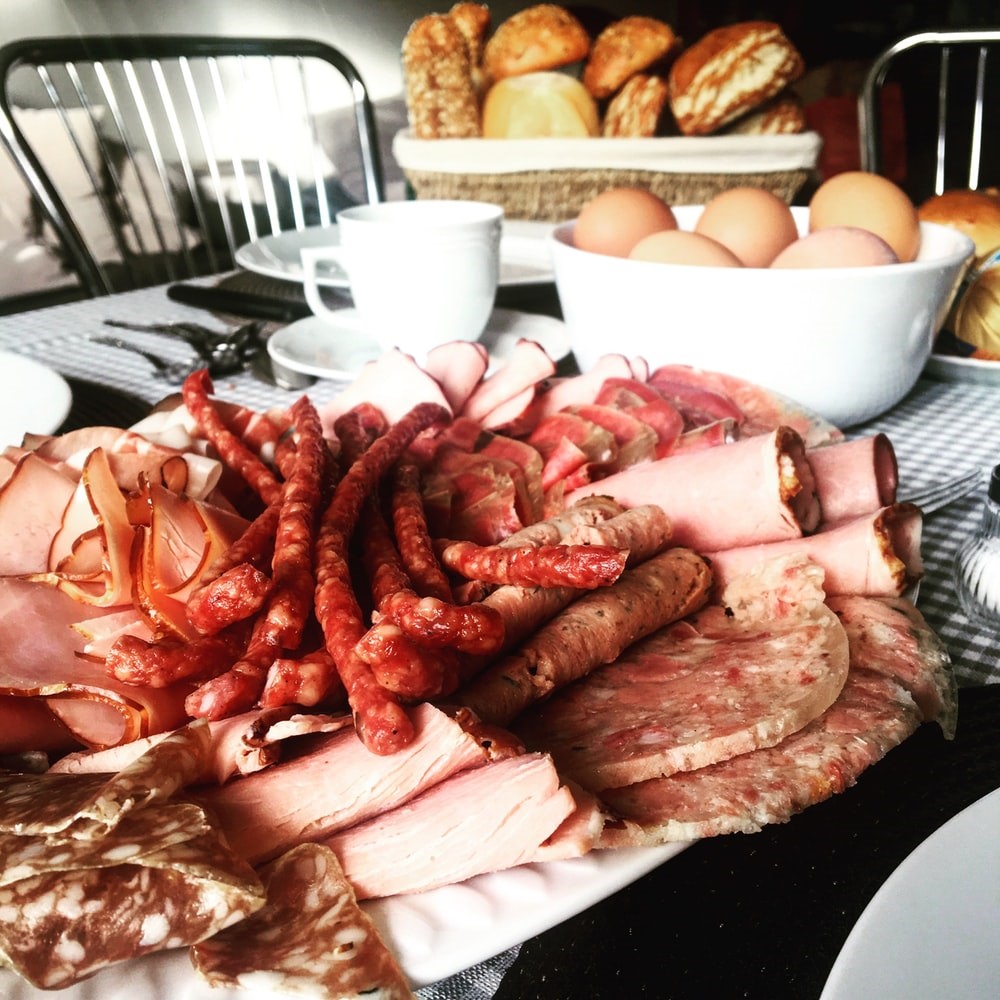
Deli meats are processed, and due to the curing, seasoning and preserving process, you can bet they contain a lot of salt.
According to the USDA, a 2-ounce serving of smoked white turkey meat contains 750 mg of sodium. You can easily go over that amount if you like extra meat on your sandwiches, or even just add cheese, ketchup, mustard, relish, pickles, or, yes, bread. You may be eating a whole day’s worth of sodium in a single deli sandwich!
Pickles

When any food is preserved, salt is involved. Even though pickles complement almost any sandwich, they are soaked and live in a bath of salt.
According to the USDA, one serving size of a dill pickle can contain 460 mg of sodium. Remember to take it easy on the pickles or try to avoid them completely when limiting the amount of sodium you eat!
Bottled or Canned Tomato Products
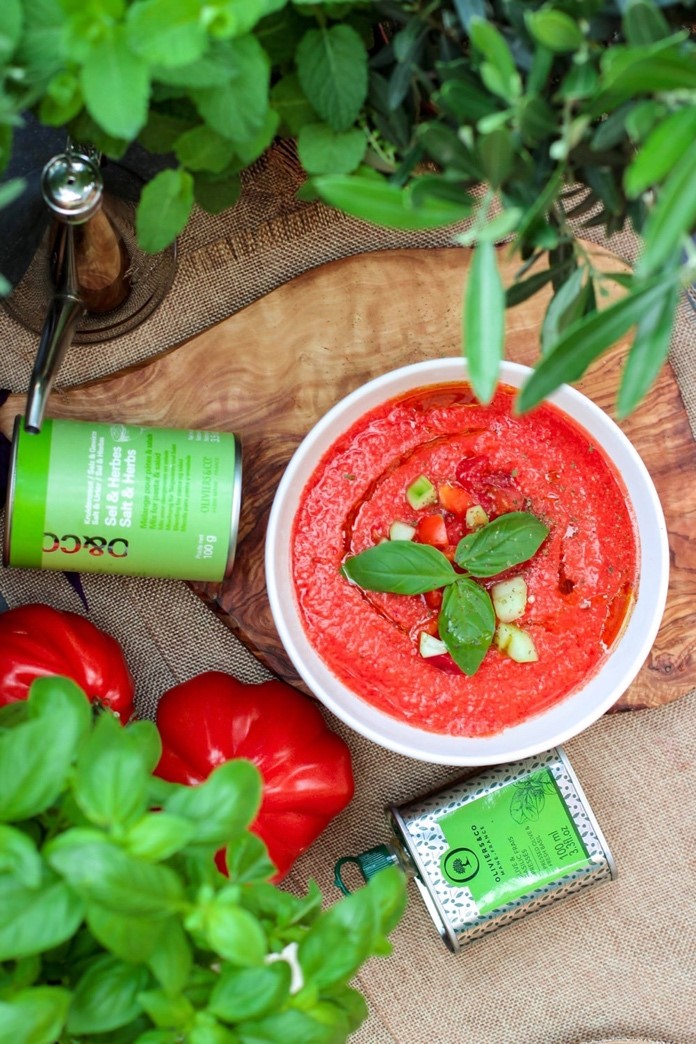
Fresh tomatoes are a great choice, however, canned or bottled tomatoes are high in sodium and not ideal for people trying to limit their sodium intake.
Some tomato products with heavily added salt also include tomato juices, tomato sauces and pasta sauces.
According to the USDA, one 4 oz serving of tomato sauce contains over 550 mg of sodium. Tomato juice can contain over 600 mg of sodium in a single 8 ounce serving.
Stick to fresh tomatoes and avoid the cans or bottles!
Canned Soups
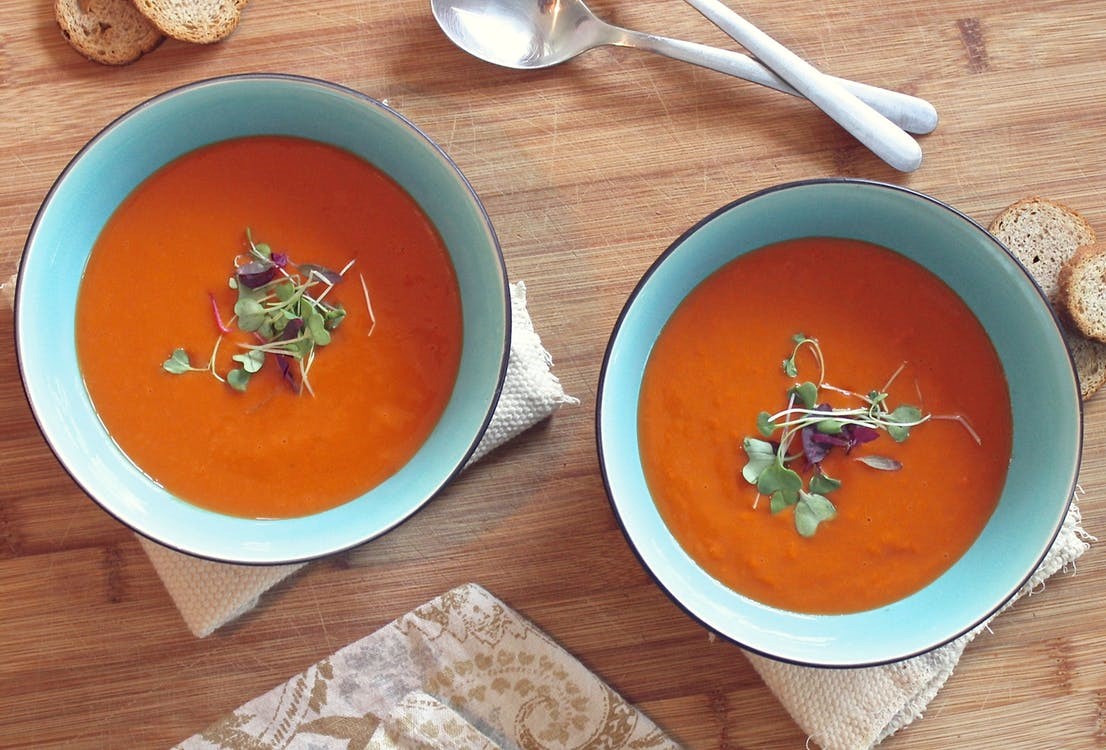
There’s nothing like a hot cup of soup to warm the soul every now and then, but be careful when reaching for the canned products as they are packed with sodium.
According to the USDA, a half cup serving of chicken noodle soup can contain over 800 mg of sodium. If you decided to have the entire can, you would be well over 2,000 mg of sodium.
Even if it takes longer to prepare your own soup from scratch, you can control exactly how much salt goes into it so you can easily limit your intake.
Sugar

By now, almost everyone has heard something about the dangers of eating too much sugar, such as the increased risk of diabetes or obesity. Sugar intake should be controlled for people with hypertension because it can lead to weight gain, making it harder for your heart to pump blood to your entire body.
Sugary sweetened drinks, like soda, fruit juices, and sports drinks, all have large amounts of sugar hidden inside of them. It’s important to be mindful next time you consume a sweetened beverage or anything sweet in general.
According to the American Heart Association, women should limit their added sugar intake to 6 teaspoons (24 grams) daily. Men should limit to 9 teaspoons (36 grams) daily.
Alcohol

According to the Mayo Clinic, consuming more than three alcoholic drinks in one sitting can raise blood pressure to unhealthy levels temporarily. Continuously binge drinking can lead to long term increases in blood pressure.
A drink is classified as 5 ounces of wine, 12 ounces of beer, or 1.5 ounces of 80-proof spirits
Drink in moderation if you have high blood pressure, here is an example of what moderation means:
• Men under 65 – Limit to two drinks a day
• Men over 65 – Limit to one drink a day
• Women any age – Limit to one drink a day
Alcohol also has a lot of calories that can contribute to weight gain, which again is a risk factor for high blood pressure. Alcohol can also cause blood pressure medications to work ineffectively resulting in increased blood pressure.
Common heart medications that are affected by alcohol:
| Generic Name | Common Brand Names |
| atenolol | Tenormin |
| carvedilol | Coreg |
| clonidine | Catapres |
| hydralazine | Apresoline |
| isosorbide dinitrate, isosorbide mononitrate | Isordil |
| metoprolol | Lopressor, Toprol XL |
| minoxidil | Loniten |
| nebivolol | Bystolic |
| nitroglycerin | Nitrolingual, NitroDur |
| propranolol | Inderal, Inderal LA |
| verapamil | Calan, Isoptin SR, Verelan |
Please drink cautiously and responsibly when you are monitoring your blood pressure.
Read more on Ask PharmacyChecker & the PharmacyChecker Blog
How can patients deal with drug price increases?
How and where can I buy prescription medication without a prescription?
How can I buy Catapres-TTS patches (for treating high blood pressure) at a lower price?
Do you have a question or concern about your blood pressure medications? When it comes to savings at U.S. pharmacy counters or abroad, we’re here to help.
Comment below or ask a question by logging in to My PharmacyChecker.
Additional Sources:
https://www.drugs.com/article/heart-medications-alcohol.html
https://www.healthline.com/health/high-blood-pressure-hypertension/foods-to-avoid#salt
https://www.pexels.com/photo/alcohol-background-bar-beer-452744/
https://www.nhlbi.nih.gov/files/docs/public/heart/hbp_low.pdf



